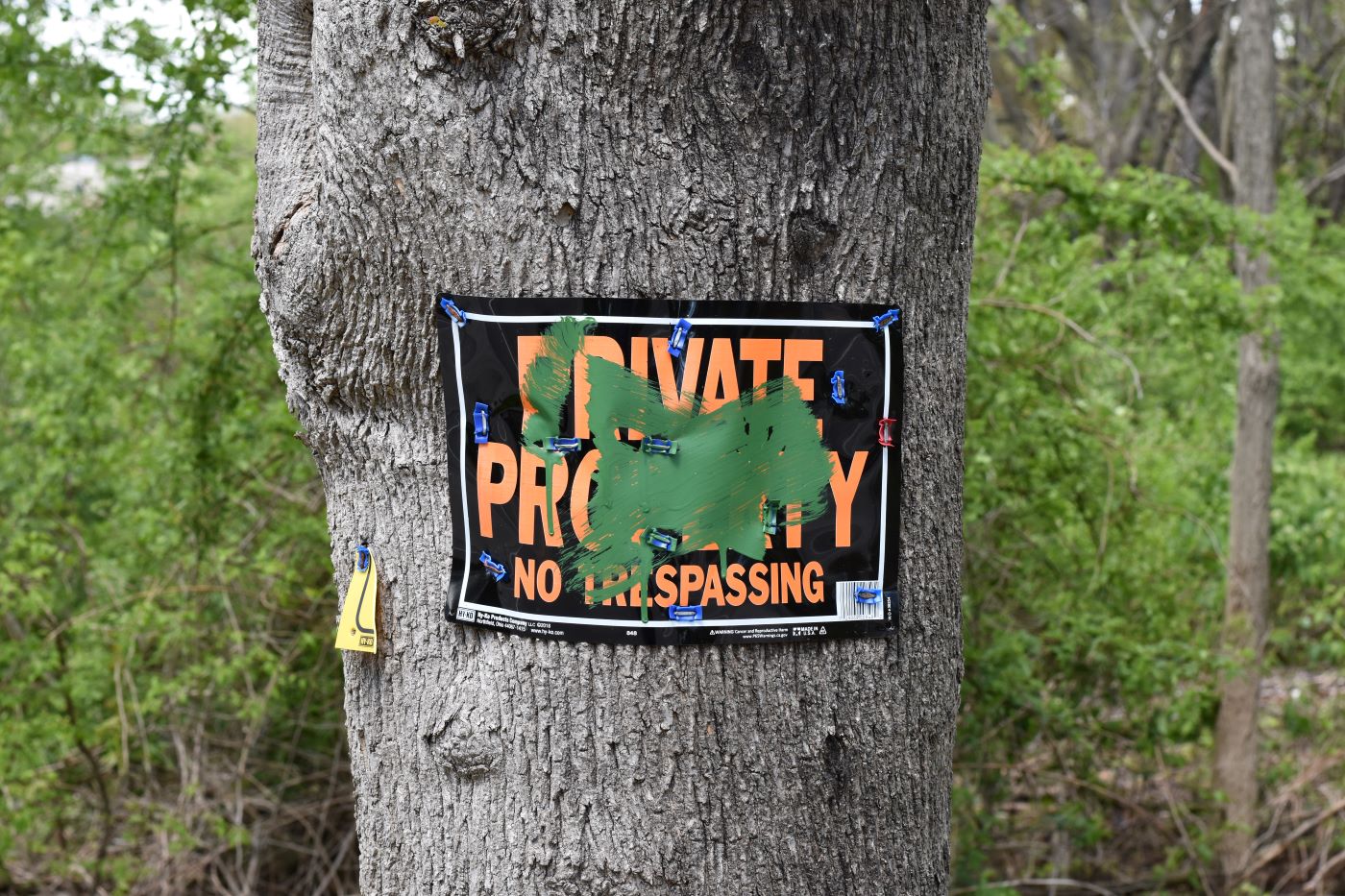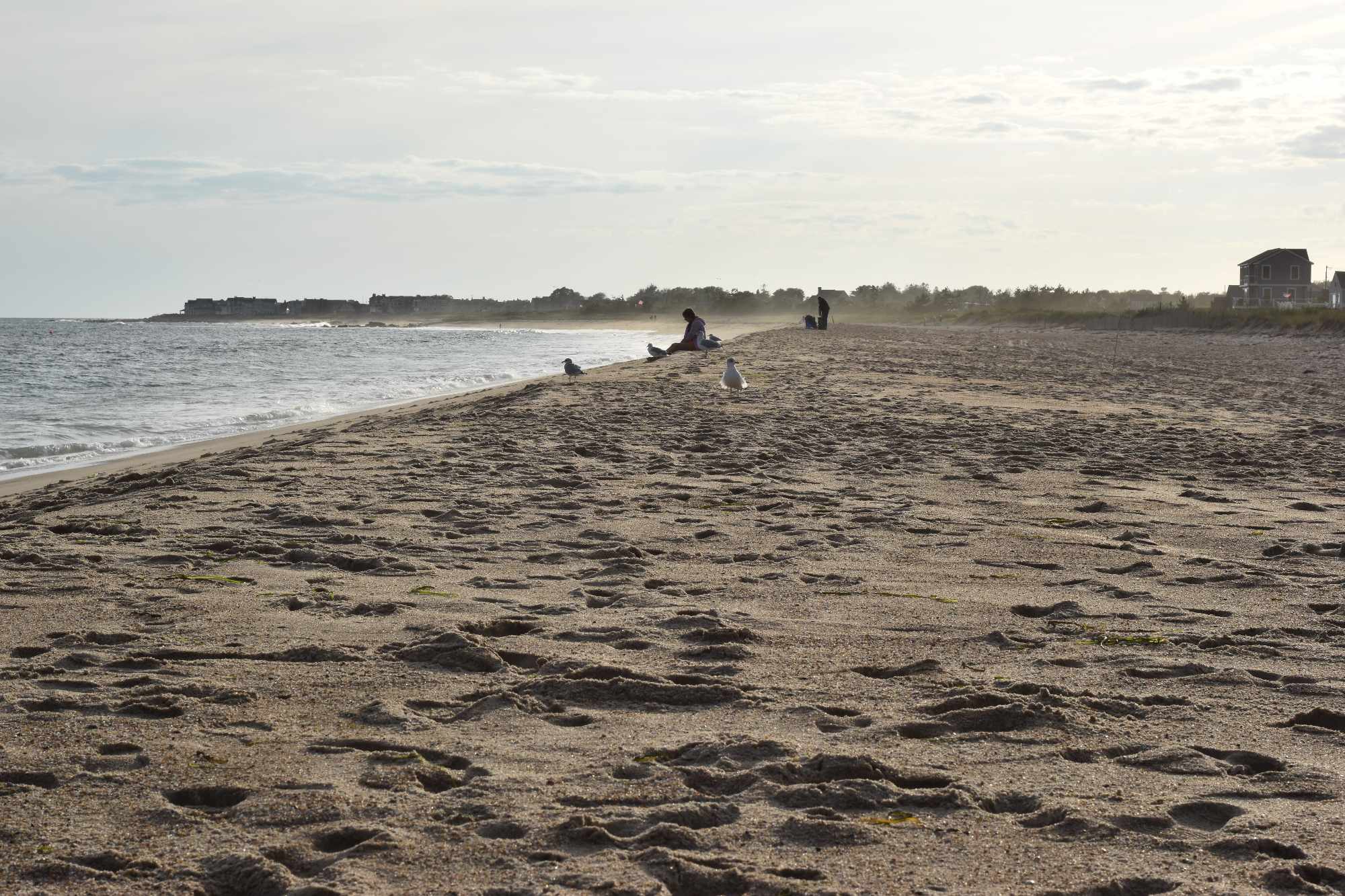PFAS Found in Drinking Water Throughout Rhode Island
March 5, 2020
The Rhode Island Department of Health recently released data accumulated during its testing for per- and polyfluoroalkyl substances (PFAS) in 2019. The agency tested every major drinking-water supply in the state and the water in every school that had its own well(s). In all, 87 percent of Rhode Islanders had their primary source of water tested.
PFAS were detected in 44 percent of the locations tested.
PFAS chemicals never break down in the environment and can stay in the human body for many years.
Local researchers have linked these fluorinated chemicals to thyroid disease, low birth weight, cancer, and cardiovascular disease. Two bills in the General Assembly would take action on these “forever chemicals.”
Scientists at the Environmental Working Group and Indiana University have conducted a review of 26 PFAS and found that all display at least one characteristic of known human carcinogens. The study, published March 4 in the International Journal of Environmental Research and Public Health, found that the most well-studied PFAS compounds — PFOA, formerly used by DuPont to make Teflon, and PFOS, formerly an ingredient in 3M’s Scotchgard — exhibit up to five key carcinogenic characteristics.
Moving the mouse over any of the information icons in the downloadable map will present a summary of the testing at that site. Green icons represent sites where no PFAS were detected. Darker red icons represent sites where PFAS were detected.
Clicking on an icon will present the data for that site in a pop-up box. Many test sites are only identified by town, without an address. For example, Pawtucket sites are simply identified by their well number. For sites having the same address, ecoRI News placed the icons in a vertical line. Zooming in will spread out the icons and you can click on them to determine the results of the test.
Researchers with the Brown University Superfund Research Program assisted the Department of Health in collecting the PFAS data.
Roger Warburton, Ph.D., is a Newport, R.I., resident.




Thank you so much for this!
Just finished watching the movie ‘Dark Water’ with Mark Ruffalo. Your map is so valuable. Thanks again!
Where is the data for Jamestown. Was it not tested, and if so why not?
Will they continue to look other places such as the Bradford area, where there is a manufacturing history?
I agree with Stedy, there is no report of the Westerly wells in the village of Bradford (which is part of Westerly), which have at least 3 wells in a 1 mile radius.
The US EPA states that “PFAS manufacturing and processing facilities, airports, and military installations that use firefighting foams are some of the main sources of PFAS.” on this website:
https://www.epa.gov/pfas/basic-information-pfas#:~:text=PFAS%20manufacturing%20and%20processing%20facilities,the%20main%20sources%20of%20PFAS.&text=PFOA%20and%20PFOS%20are%20the,still%20persistent%20in%20the%20environment.
Given this commonly held understanding, it seems strange that none of these perfluorinated compounds appear at measurable concentrations near any of the active or decommissioned airfields in RI on this map. Has anyone posited an explanation of this phenomenon?
The water system for the majority of the state, Prov Water/Scituate Reservoir, shows only ‘MRL’ in the level of PFAS detected. The footnotes at the end explain this means ‘below reportable limits’ – not that ‘none was detected’. My concern is that the amount is known but does not have to be reported by law. These are chemicals that have NO KNOWN SAFE AMOUNT, and the federally mandated safe/reportable limit is 70 ppt.
Tha map has disappeared?